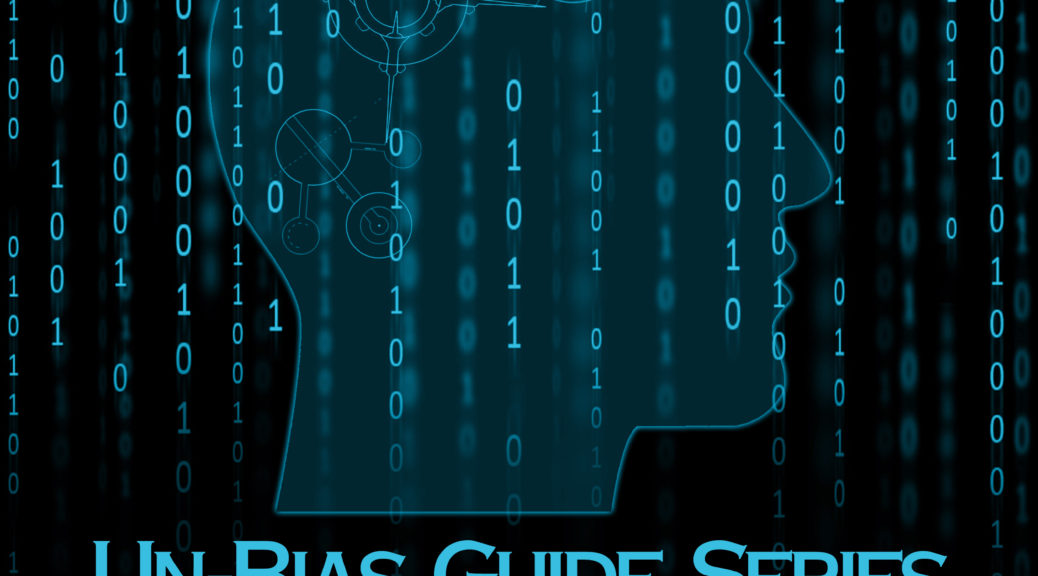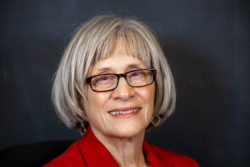The Un-Bias Guide for Leaders is based on Matrix Model Management System which involves the storytelling principles of cultural anthropology, the planning methodology of urban planning, and the team leadership of facilitation. The Un-Bias Guide is combination text / workbook customized for the workplace. The guide is an innovative tool for addressing unconscious bias and conscious choices.
UN-BIAS GUIDE FOR LEADERS
Designed for team training in the workplace: business leaders, nonprofit administrators, and innovative entrepreneurs. CLICK at the bottom of the following short video to hear Deborah Levine share why the Un-Bias Guide is what today’s workplace needs.
TESTIMONIALS
“When Ms. Levine introduced her story methods and the Matrix Model Management system, light bulbs went off. Tell our stories breaks down barriers and let us react on a different level.”
~ Online Wall Street Journal
“Deborah Levine leads Un-Bias trainees through a discovery process that promotes awareness of the unconscious, deeply held cultural views that we all carry. When those views are examined and shared, a new paradigm of equity and insight begins to evolve. Ms. Levine’s revelatory training, smattered with humor and even a bit of Yiddish, challenge existing notions of diversity and unleash opportunities for leaders and change-makers to shape a more inclusive and representative future.”
~ Rebecca Whelchel, Executive Director of Metropolitan Ministries/Chattanooga Social Services
“Deborah Levine is one on the nation’s leading experts, speakers, authors, trainers and communicators on sensitive and complex issues of cultural diversity. She takes you below the surface and gets at the heart of what works in bringing diverse people together in a mutually beneficial way in which everyone wins. Her latest workbook is a ‘must read’ for employers, managers and labor across all industries. Unlawful discrimination can cost companies big bucks, bad publicity, damage the brand and alienate the consumer base. This exemplary educational guide is a small but wise investment in better understanding and leveraging diversity from the corporate boardroom to the classroom, from Wall Street to Main Street USA. This is an especially important issue to comprehend as America’s population becomes increasingly more diverse in all walks of life. This trend is projected by the U.S. Census Bureau to continue well into the foreseeable future — and the future is now.”
~ David Grinberg, former national media spokesman for the U.S. Equal Employment Opportunity Commission (EEOC)
“In my role as a Human Resources Manger, the training and cultural awareness of the Matrix Model Management System will allow me to relate to others as they would like without assuming what they want or need.”
~ Valoria Armstrong, TN American Water/President,
NAACP Chattanooga/Former President


 The Un-Bias Guide for Educators is based on the Matrix Model Management System which embeds the storytelling principles of cultural anthropology in diversity training. The Un-Bias Guide for Educators is a combination text / workbook customized for high school students, teachers, and administrators. The Un-Bias Guide is an innovative tools for maximizing awareness, boosting sensitivity, and developing competence at a time of intensified biases, both conscious and unconscious. The Un-Bias methodology is interactive on both an individual and group level.
The Un-Bias Guide for Educators is based on the Matrix Model Management System which embeds the storytelling principles of cultural anthropology in diversity training. The Un-Bias Guide for Educators is a combination text / workbook customized for high school students, teachers, and administrators. The Un-Bias Guide is an innovative tools for maximizing awareness, boosting sensitivity, and developing competence at a time of intensified biases, both conscious and unconscious. The Un-Bias methodology is interactive on both an individual and group level.